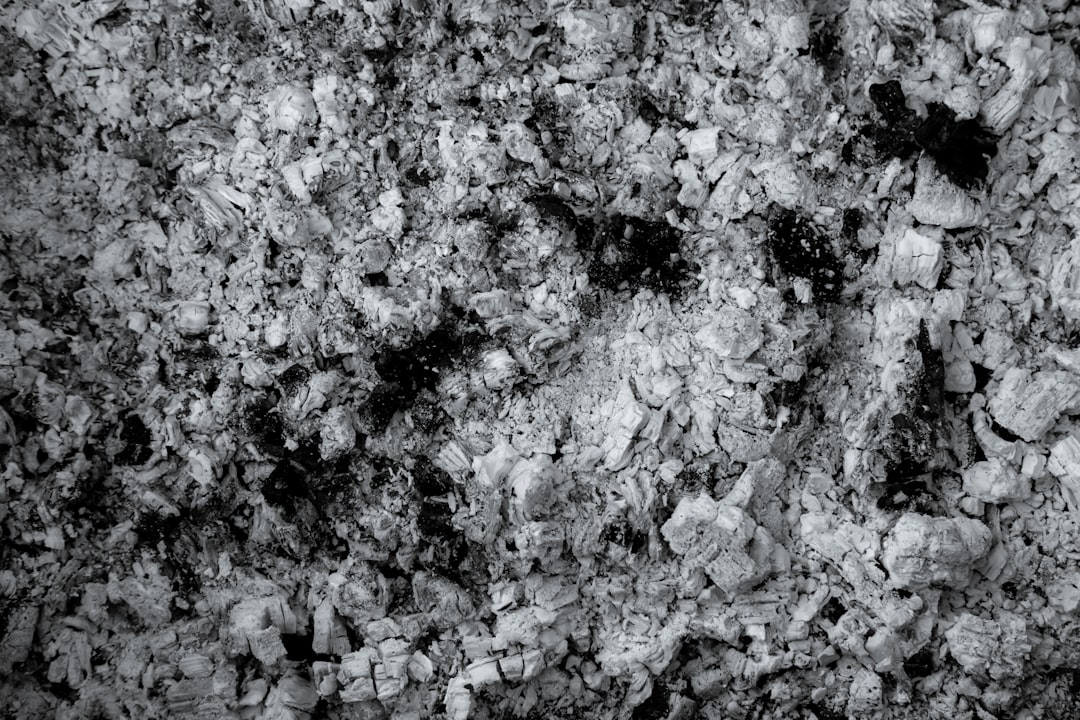What is it about?
We consider the terms ‘heterogeneous’ and ‘homogeneous’ and the problems associated with their delineation in transition metal catalysed reactions. We highlight the reports at the interface of DA and heterogeneous catalysis and we comment briefly on the methods used which attempt to classify reaction types as homo- or heterogeneous. In future work we recommend an emphasis be placed on kinetic methods which provide an excellent platform for analysis. In addition two analytical techniques are described which if developed to run in situ with DA reactions would illuminate our understanding of the catalysis. Overall, we provide an entry point, and bring together the mature, yet poorly-understood, subject of heterogeneous catalysis with the rapidly expanding area of DA, with a view towards the acceleration of catalyst design and the understanding of catalyst behaviour.
Featured Image
Why is it important?
The formation of aryl–aryl bonds and heteroaryl analogues is one of the most important C–C bond forming processes in organic chemistry. Recently, a methodology termed Direct Arylation (DA) has emerged as an attractive alternative to traditional cross-coupling reactions (Suzuki–Miyaura, Stille, Negishi, etc.). A parallel focus of the pharmaceutical and other chemical industries has been on the use heterogeneous catalysis as a favourable substitute for its homogeneous counterpart in cross-coupling reactions. Only very recently has heterogeneous catalysis been proposed and applied, to DA reactions.
Read the Original
This page is a summary of: Direct arylation and heterogeneous catalysis; ever the twain shall meet, Chemical Science, January 2015, Royal Society of Chemistry,
DOI: 10.1039/c5sc01534k.
You can read the full text:
Contributors
The following have contributed to this page










